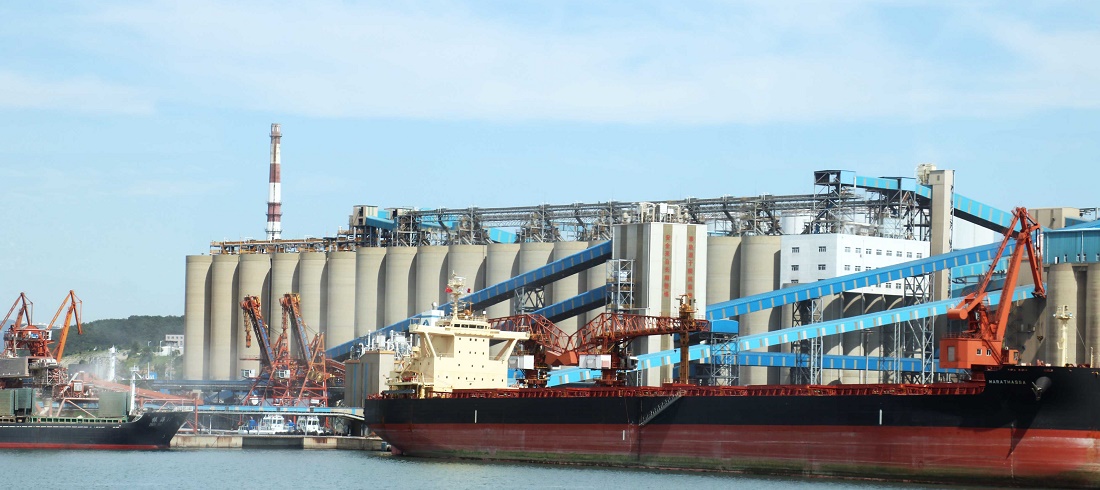
Surging China Exports Boost Shipping Rates to Latin America
May, 27, 2024 Posted by Gabriel MalheirosWeek 202422
Container shipping rates between China and Latin America have significantly increased due to surging Chinese exports and high demand for cargo space, prompting shippers to add more capacity on the route.
On Friday, May 24, the rate from China to South America’s East Coast reached $7,065 per standard container, marking a 153.41% increase since late March, according to the Shanghai Shipping Exchange.
Several global shipping giants, including Mediterranean Shipping Company S.A. and China COSCO Shipping Co. Ltd., have ramped up their services between China and Mexico. French container shipper CMA CGM recently launched a new route from China to Mexico with eight vessels, each capable of carrying more than 4,000 standard containers.
The global container shipping capacity has been strained due to the Red Sea crisis and a restocking cycle in the U.S. and Europe. On May 17, the Shanghai Export Containerized Freight Index (SCFI) rose to 2520.76 points, a 9.3% increase from the previous week and more than a 130% increase since the Red Sea crisis in December, affirming data from the Shanghai Shipping Exchange.
The crisis, induced by Iranian-backed Houthi militants’ attacks on vessels in the southern Red Sea, has significantly reduced trade through the Suez Canal, forcing many ships to take longer alternate routes between Asia and Europe.
Shipping companies are diverting their limited capacity to the China-Latin America route because of higher returns, as indicated by a source at the Port of Qingdao.
In the first four months of 2024, Latin America emerged as the fastest-growing region for Chinese exports, which grew by 11.4% year-over-year. This growth is driven mainly by Mexico and Brazil. China’s export value to Mexico rose by 15.1% to 198.3 billion yuan ($27.3 billion), constituting over a third of the region’s total exports, while exports to Brazil increased by 24.6% to 153.2 billion yuan.
Chinese exports to Latin America are predominantly electrical machinery, equipment, and parts, followed by nuclear reactors, boilers, machinery, and mechanical appliances.
Due to escalating trade tensions between China and the U.S. since 2018, Mexico has become a crucial transit point for Chinese products entering the U.S. China’s exports to Mexico have consistently shown double-digit growth over the past few years, including an 11.5% increase in 2023, 18.8% in 2022, and 40.3% in 2021.
In February, for the first time in 20 years, Mexico became the largest source of imports into the U.S., surpassing China, as per U.S. Bureau of Economic Analysis data.
The U.S. Commerce Department reported that in 2023, U.S. imports from Mexico totaled about $475 billion, up by 5% from the previous year, while imports from China fell by 20% to $427.2 billion [para. 12]. Hu Hai, chairman of the Hofusan Industrial Park in Mexico, attributes the surge to an increase in China-funded factories in Mexico, which require raw materials and parts from China.
The U.S. is increasing pressure on Mexico to prevent it from serving as a conduit for Chinese exports to the U.S. Mexico is considering imposing tariffs ranging from 5% to 50% on imports from China and other countries without trade agreements with Mexico.
China’s exports to Brazil have also seen significant growth, particularly in the automobile sector, with vehicle parts and components exports increasing by 228.42% year-over-year in the first four months of the year.
Chinese automakers, such as Great Wall Motors and BYD Co., have set up production facilities in Brazil, pushing up exports of factory equipment.
In early 2024, Mexico and Brazil ranked second and fourth in China’s automobile export rankings, with export volumes of 110,000 and 59,000 vehicles, respectively.
Kuehne + Nagel International AG, a global logistics service provider, predicts strong cargo shipping demand in the Latin American market will continue, with cargo space remaining tight until at least June.
-
Ports and Terminals
Dec, 14, 2023
0
Port of Paranaguá Secures R$910 Million Investment with Successful Auction of New Area
-
Meat
Mar, 22, 2022
0
Pork exports slow down in the third week of March
-
Other Cargo
Jul, 13, 2021
0
Harvest begins despite glyphosate shortage
-
Ports and Terminals
May, 04, 2021
0
Santos Port Authority conducts consultation on Rishis request to change location

